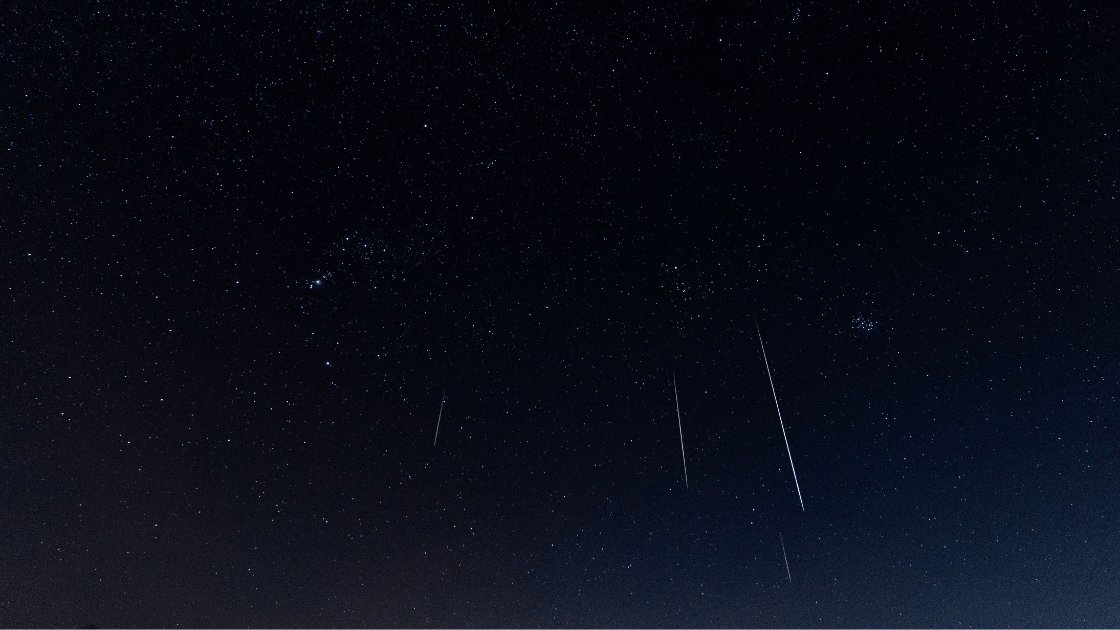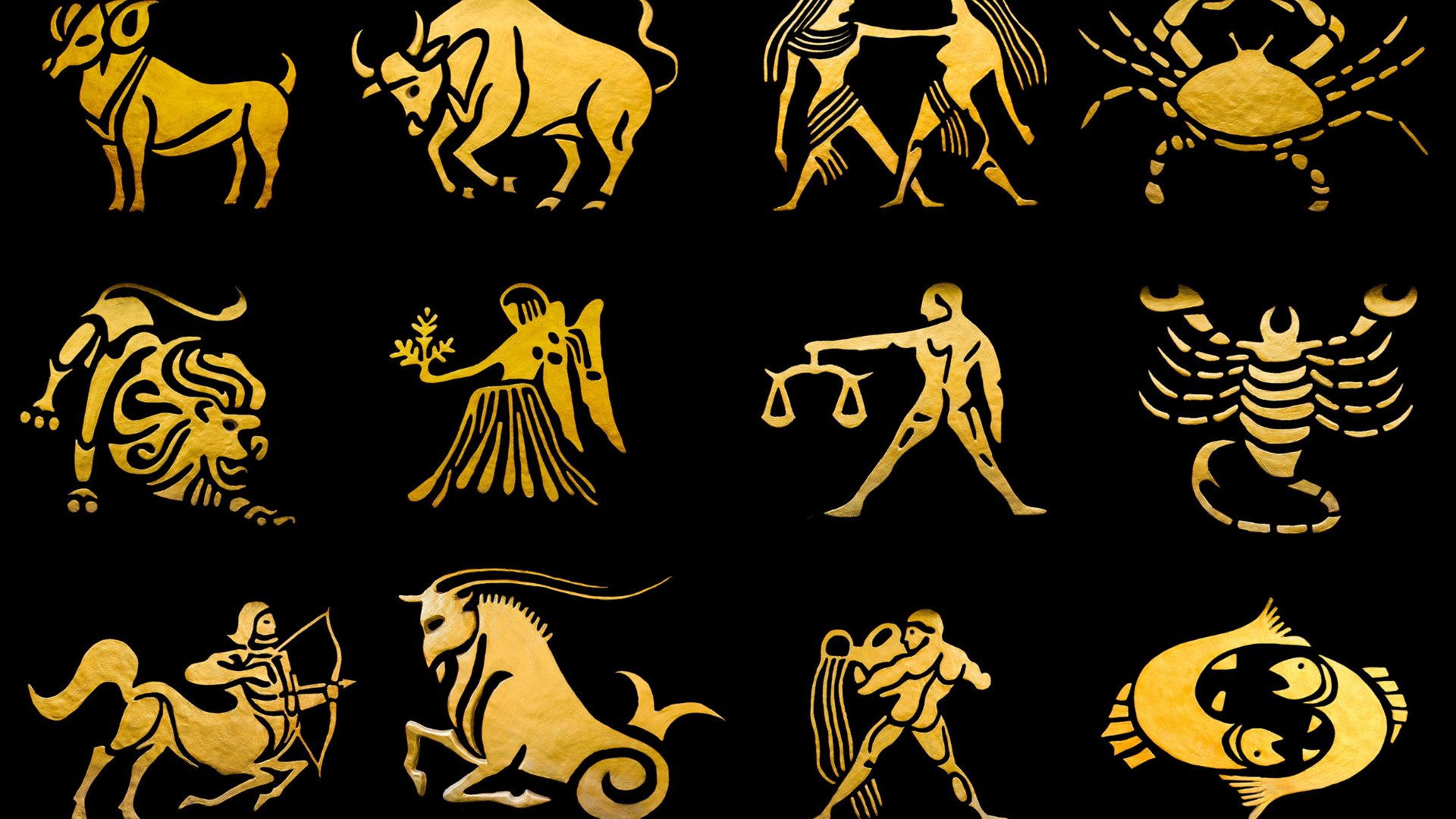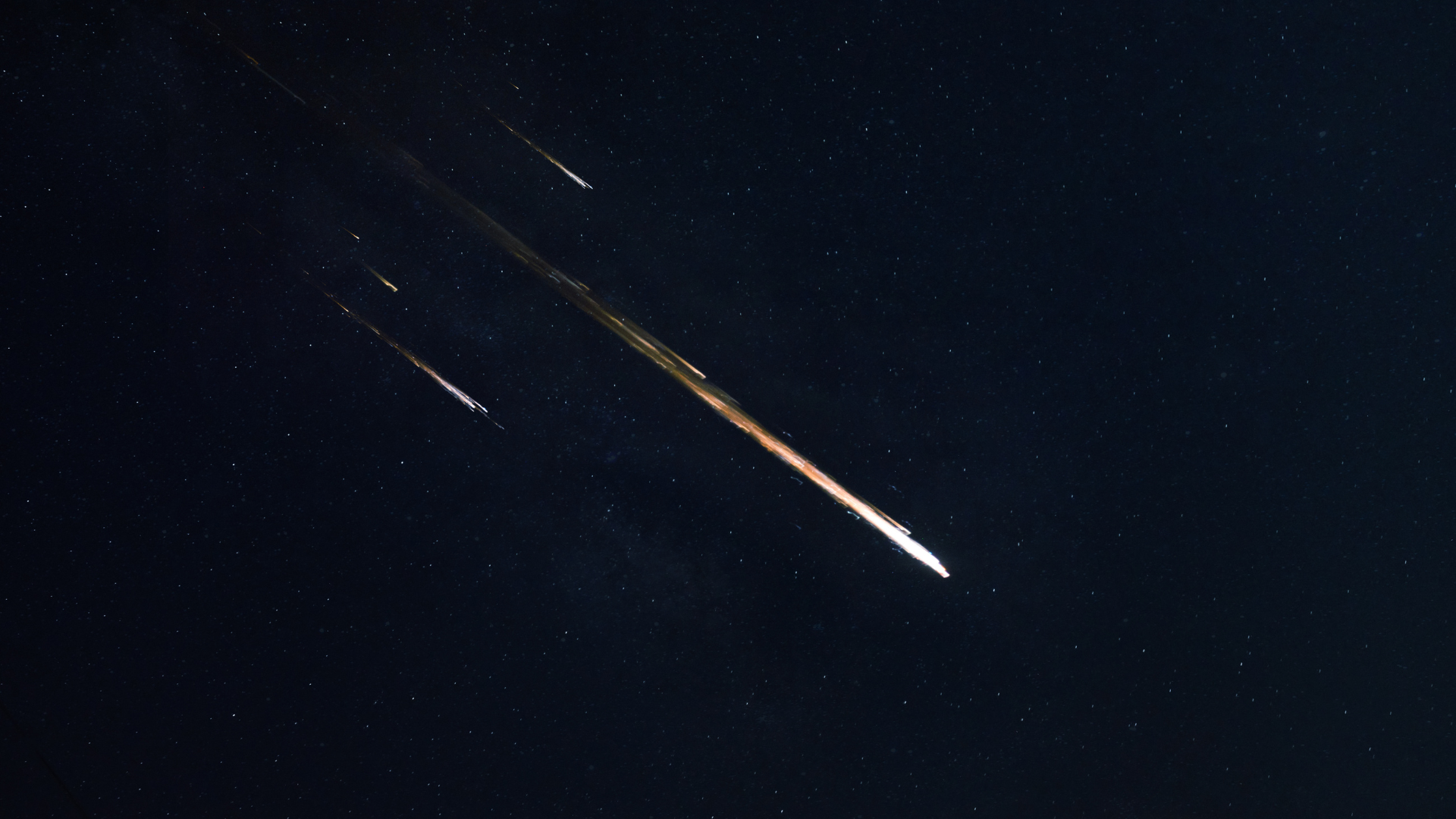Why is it called the Arctic? The word Arctic is derived from the Greek árktos which means “of the bear.” It refers to Ursa Major, a constellation of stars known as the Great Bear. While unviewable in Antarctica due to its position in the Southern Hemisphere, this gave it the name “anti-Bear” or “of no …





